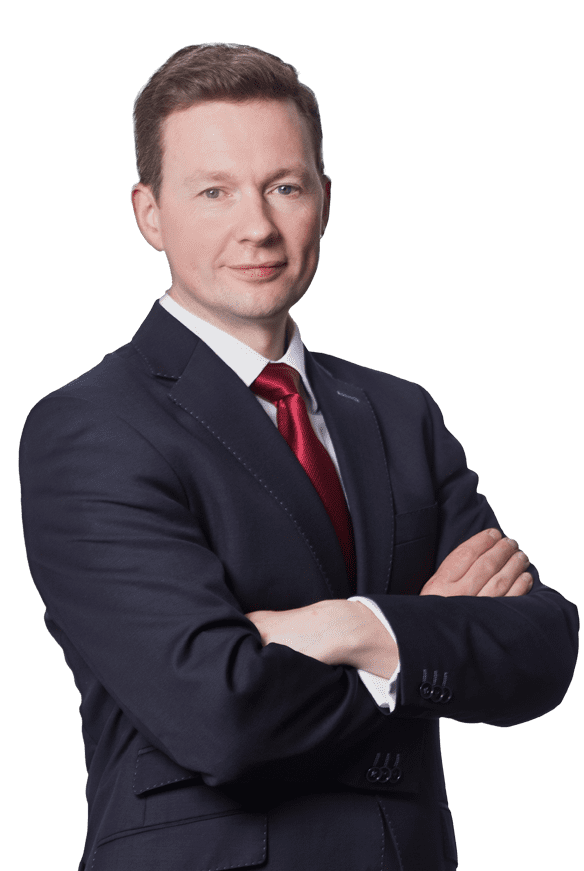On 27 April 2010, William Fry hosted an event to mark World Intellectual Property Day. The theme was “Innovation Linking the World”. Dr Chris Horn was the keynote speaker, followed by Carol Plunkett, head of William Fry’s IP litigation unit. The event culminated in a lively question and answers session which focused on the recent Innovation Task Force report (see below).
Dr Chris Horn is a member of the Innovation Task Force, President of Engineers Ireland and co-founder and former Chief Executive Officer of IONA Technologies (IONA).
Dr Horn acknowledged the key role played by intellectual property when setting up a new business. He spoke of the approach that was taken in order to protect the intellectual property of IONA which was a spin-out from Trinity College. As with any university spin-out, the ownership of intellectual property rights was a key issue for the founders of the company to consider. A decision was made at an early stage that the work done in Trinity College should be set aside and the programs completely rewritten. This decision contributed to the subsequent overwhelming success of the company. In 1994 SunSoft Inc., a division of Sun Microsystems Inc. acquired a 25 percent minority interest in IONA. The investment from SunSoft gave IONA a strategic backer and added credibility to the company. By 1997, IONA had revenues of $48.6 million. Its IPO in February 1997 was the fifth largest for NASDAQ, raising some $140 million.
Dr Horn discussed how a relatively small Irish company was able to influence and direct the industry standard, COBRA. COBRA, a software architecture that allows programs at different locations to communicate in a network, was developed by a consortium of vendors through the Object Management Group, which grew to include more than 500 member companies. COBRA was the standard on which IONA based its middleware products, enabling companies to integrate their information systems with clients, customers, and the Internet. Dr Horn explained that the key with intellectual property exploitation is to try to ensure a high barrier to entry for competitors and a low barrier to entry for customers in adopting the product. He emphasised that it is crucial for the success of a company that the correct balance is achieved.
Dr Horn spoke about the continued key role technology plays in today’s business environment. He emphasised that in competitive markets it is crucial to hire the most talented people available and that location should no longer be seen as a barrier, with the advent of applications such as Skype ensuring the ever-increasing connectivity of people all around the world.
Carol Plunkett recognised that in establishing World Intellectual Property Day ten years ago the World Intellectual Property Organisation (WIPO) aimed to help people understand that copyright, patents, industrial designs and trade marks are not irrelevant business or legal concepts but are indispensible for innovation.
Carol acknowledged that the world has changed dramatically since WIPO was founded 40 years ago, particularly in terms of technological advances. Innovation truly links the modern world and isolation has by and large been eliminated by technology. Intellectual property plays a vital role in offering protection for those who have made these technological advances. Copyright protects those who create literary and artistic works, photographs, films and computer software; patents protect inventions in every sphere from medicines to machinery; industrial designs protect the look of items and trade marks protect brands.
Carol explained that this means people are incentivised to think creatively and to innovate for the benefit of us all. Innovation is encouraged because, as Carol pointed out, people are becoming more aware that what they create can be protected. As intellectual property gives rise to property rights, what has been created can be licensed or sold, ensuring that people can make a living from their innovations.
Carol spoke of the three Ts – “Talent”, “Tolerance” and “Technology Infrastructure” that Ireland possesses which guarantees that Ireland’s innovation industry will continue to grow. These are the elements which will ensure continued success in the area of innovation.
The Innovation Taskforce Report
The Innovation Taskforce Report contains a range of proposals to encourage the growth of innovation focused Irish companies and to entice foreign investment into Ireland. The key aim of the Innovation Taskforce is that by 2020, Ireland will be an innovation hub with a significant number of large, world leading, innovation intensive companies like IONA, each having a global footprint, many of which will be Irish headquartered and owned.
The report outlined a number of recommendations in the area of intellectual property:
- develop a national intellectual property protocol to ensure predictability in terms of access to intellectual property created at Higher Education Institutions;
- introduce a system to measure the performance of Higher Education Institutions and Technology Transfer Offices in respect of the protocol;
- foster a consistent and speedy treatment of intellectual property, giving us a competitive advantage within the EU; and
- develop and market Ireland as an International Innovation Services Centre offering global intellectual property management, licensing and trading services.
The report also contained a number of tax proposals in relation to intellectual property:
- review the competitiveness of the Irish taxation regime in attracting IP-rich companies/groups, which are internationally mobile;
- terminate the incremental spend requirement contained in the research and development tax credit system;
- overhaul the remittance basis of taxation and replace it with a “mobile talent” regime;
- examine the business expansion scheme and seed capital relief legislation to assess whether it is possible to make it more accessible for entrepreneurs to utilise such schemes; and
- retain the patent income exemption.

